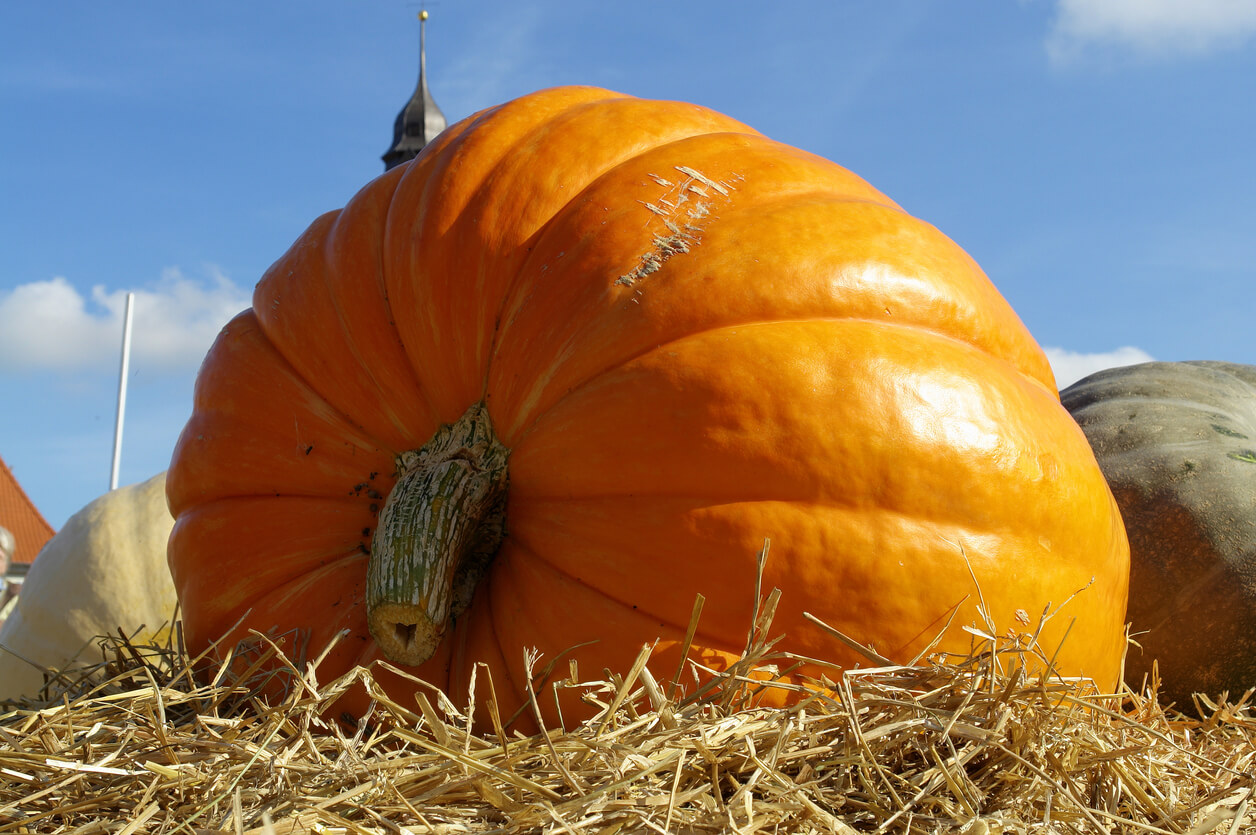
Growing pumpkins is fun, right? Especially during the Halloween season when you have your own patch to pick from! But there’s something downright magical about nurturing a pumpkin so big it makes your neighbors’ jaws drop. If you’ve ever dreamed of growing a pumpkin that could give Cinderella’s carriage a run for its money, you’re in for a treat. As a fellow gardener with a bit of a science nerd streak, I’d like to share some tips on how to grow bigger pumpkins. Trust me, these aren’t your average gardening hacks – we’re talking about the kind of secrets that turn ordinary pumpkin patches into potential record-breakers. So, grab your gardening gloves, and let’s dig into the wonderful world of giant pumpkin growing!
Selecting the Right Varieties
The first step in learning how to grow bigger pumpkins is choosing the right variety. While traditional jack-o’-lantern pumpkins like ‘Howden’ or ‘Connecticut Field’ can reach respectable sizes using all of the tips below, they pale in comparison to true giant varieties. Some of the most popular cultivars for growing massive pumpkins include:
- ‘Atlantic Giant’: This variety holds numerous world records and can exceed 2,000 pounds under ideal conditions.
- ‘Dill’s Atlantic Giant’: A close relative of ‘Atlantic Giant’, known for producing consistently large pumpkins.
- ‘Big Max’: While not as enormous as the Atlantic Giants, this variety regularly produces 100-pound pumpkins and is more manageable for beginners.
- ‘Prize Winner’: As the name suggests, this variety is a favorite among competitive growers.
- ‘Big Moon’: Another excellent choice for those aiming for the 200-pound range.
When selecting seeds, look for varieties with proven genetics. Many serious growers save and share seeds from their largest pumpkins, as these are more likely to produce similarly sized offspring.
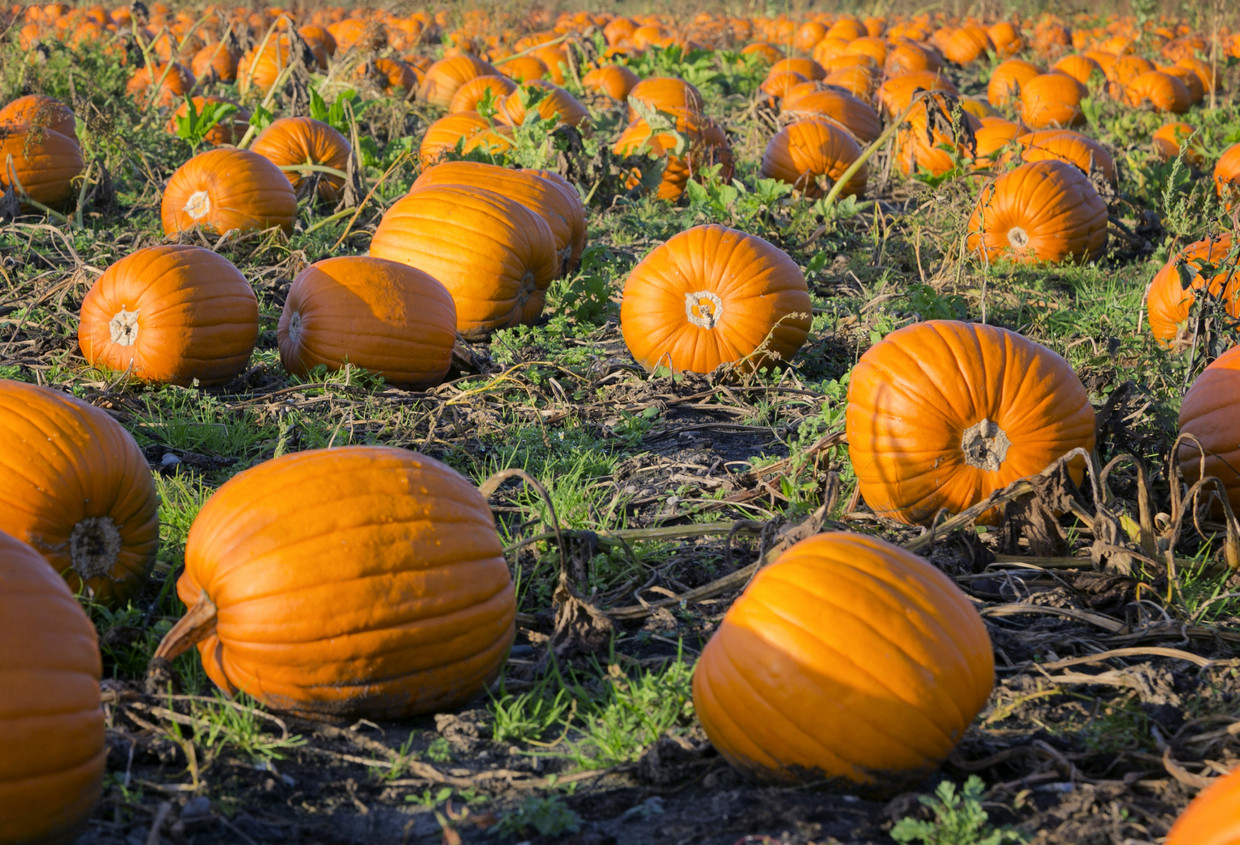
Space Requirements
One of the most crucial factors in how to grow bigger pumpkins is providing ample space. Giant pumpkin vines can easily spread 20 feet or more in each direction. For truly massive specimens, you’ll want to allocate at least 400 square feet (20′ x 20′) per plant. This may seem excessive, but remember that these plants need a vast root system and extensive leaf coverage to support their enormous fruits.
If space is limited, you can try training vines vertically on sturdy trellises or fences. However, keep in mind that you’ll need to provide support for the developing pumpkins, which can be challenging as they grow larger.
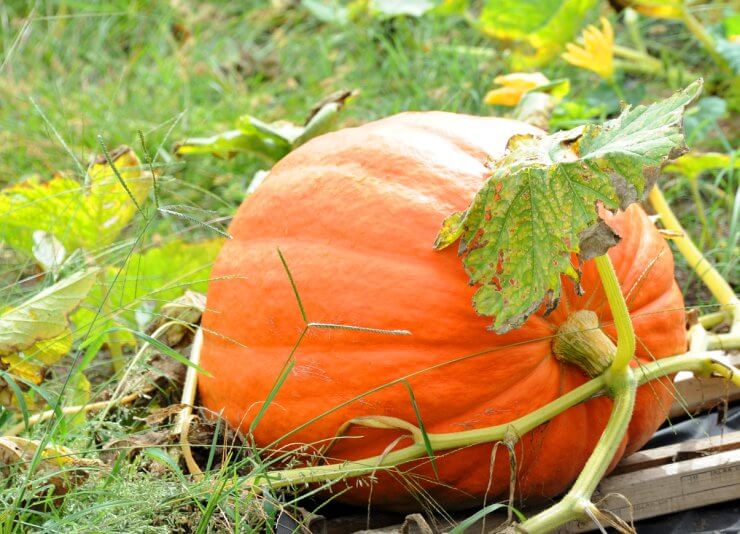
Soil Preparation and Nutrition
Giant pumpkins are heavy feeders, and proper soil preparation is key to success. Start by testing your soil pH – pumpkins prefer slightly acidic to neutral soil (6.0-7.0). Amend your soil as needed with lime to raise pH or sulfur to lower it.
Incorporate plenty of organic matter into your soil before planting. Well-rotted manure, compost, and leaf mold are excellent choices. These not only provide nutrients but also improve soil structure and water retention.
When it comes to fertilization, pumpkins need a balanced approach:
- Before planting, work in a slow-release, balanced fertilizer (like 10-10-10).
- Once vines begin to run, switch to a fertilizer higher in phosphorus and potassium (like 5-15-15) to encourage fruit development.
- Use foliar feeds (sprayed on leaves) rich in micronutrients throughout the growing season.
Remember, when learning how to grow bigger pumpkins, more isn’t always better with fertilizers. Over-fertilizing can lead to excessive leaf growth at the expense of fruit development.
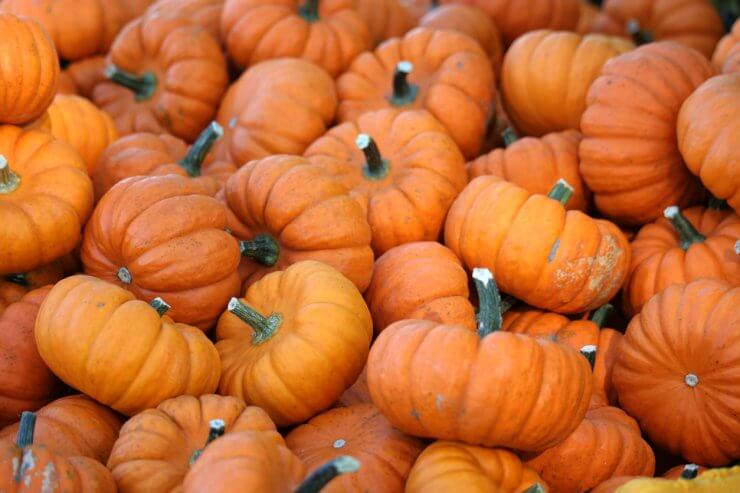
Watering and Moisture Management
Consistent moisture is crucial for growing giant pumpkins. These plants need about 1-1.5 inches of water per week, more during fruit development. However, avoid waterlogged soil, as this can lead to root rot.
Consider using a drip irrigation system to provide steady moisture without wetting the leaves, which can encourage fungal diseases. Mulching around your plants with straw or woodchips can help retain moisture and suppress weeds.
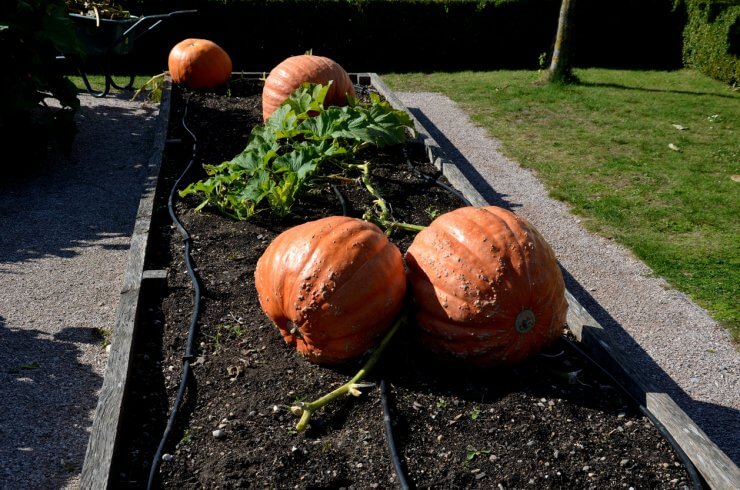
Pruning and Training
Proper pruning is a key technique in how to grow bigger pumpkins. While it might seem counterintuitive, removing some growth can actually lead to larger pumpkins. Here’s why:
Cutting runners (secondary vines) does indeed help the plant focus its energy on growing bigger pumpkins instead of producing more. When your main vine reaches about 10-15 feet, pinch off the growing tip. This encourages the plant to put more energy into fruit development rather than vine growth.
Allow only one or two pumpkins per plant to develop, removing all other flowers and small fruits. This ensures that all the plant’s resources are directed towards a select few pumpkins.
As the chosen pumpkins grow, gently turn them every few days to encourage a more symmetrical shape. Place a piece of cardboard or wood under each pumpkin to prevent soil contact and potential rot.
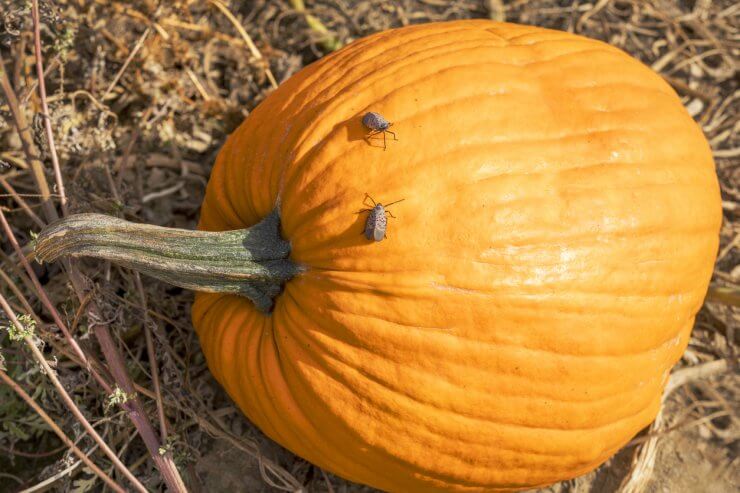
Pest and Disease Management
Giant pumpkins are susceptible to the same pests and diseases as their smaller cousins, but the stakes are higher when you’re investing so much time and effort. Here are some tips:
- Practice crop rotation to prevent soil-borne diseases.
- Use row covers early in the season to protect young plants from insect pests.
- Monitor regularly for signs of powdery mildew, a common fungal disease in pumpkins. If spotted, treat promptly with a fungicide.
- Consider using beneficial nematodes to control squash vine borers, a particularly troublesome pest for pumpkin growers.
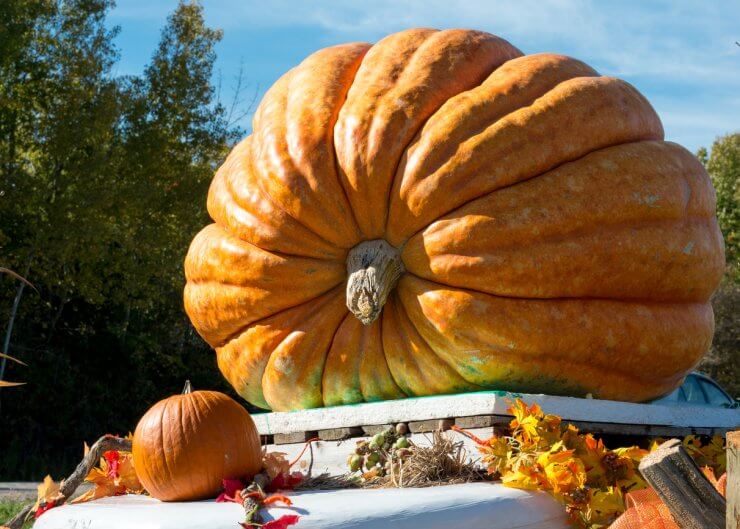
Harvesting and Moving Giant Pumpkins
When your pumpkin has reached its peak size and the vine begins to die back, it’s time to harvest. But how do you move a pumpkin that might weigh hundreds or even thousands of pounds without damaging it?
First, cut the stem about 4 inches from the pumpkin using pruning shears. Then, depending on the size:
- For pumpkins under 200 pounds, you might be able to lift it with the help of a few strong friends.
- For larger pumpkins, use a sturdy tarp or sling. Gently roll the pumpkin onto the tarp, then have several people lift the tarp edges.
- For truly massive pumpkins, you may need specialized equipment like a forklift or crane. Many competitive growers use harnesses designed specifically for giant pumpkins.
Always lift from the bottom, never by the stem, as this can cause the pumpkin to crack or separate from the stem.
Learning how to grow bigger pumpkins is a fascinating journey that combines horticultural knowledge with a touch of competitive spirit. By selecting the right varieties, providing ample space and nutrition, and employing specialized care techniques, you can cultivate pumpkins that will be the talk of your neighborhood – or even win prizes at your local fair!
Remember, growing giant pumpkins requires patience, dedication, and a willingness to experiment. Each season brings new lessons and opportunities for improvement. So why not give it a try? You might just find yourself joining the ranks of passionate giant pumpkin growers around the world!
For more detailed information on pumpkin cultivation, including tips for both giant and standard varieties, be sure to check out our comprehensive Pumpkin Gardening Guide.
Have you tried growing giant pumpkins before? What was your experience like? Share your stories, tips, or questions in the comments below – we’d love to hear from you!


 Previous
Previous

